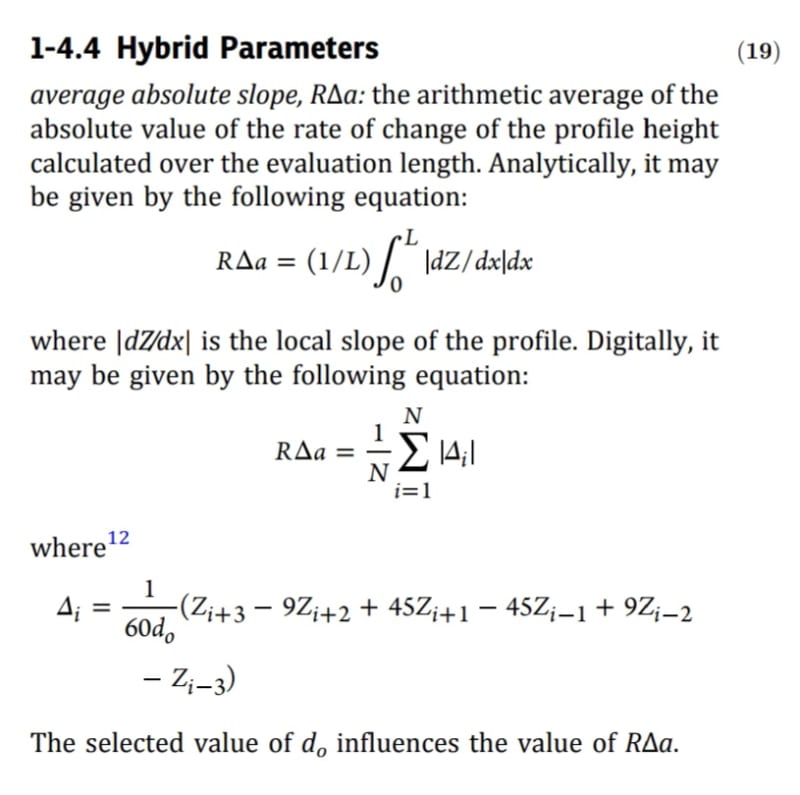MechEnjoyer
Mechanical
- Jun 13, 2024
- 2
Hi all,
I have a component that will have a sliding surface and it is important that the surface quality is good to reduce the frictional forces as much as possible. I used this document: Link, to get some more information on how the surface roughness affects the coefficient of friction and one of the things that they conclude is that the average slope of a profile affected the coefficient of friction the most.
To my question, I was wondering if it is possible to define the average slope of the profile in a drawing under a surface texture symbol or should I just use standard GD&T symbols to control such a feature? I have never faced a problem like this one before and I am not quite sure if I can specify this or if I should just keep to the normal ways to specify surface texture. Your help and insight is greatly appreciated!
Best regards
I have a component that will have a sliding surface and it is important that the surface quality is good to reduce the frictional forces as much as possible. I used this document: Link, to get some more information on how the surface roughness affects the coefficient of friction and one of the things that they conclude is that the average slope of a profile affected the coefficient of friction the most.
To my question, I was wondering if it is possible to define the average slope of the profile in a drawing under a surface texture symbol or should I just use standard GD&T symbols to control such a feature? I have never faced a problem like this one before and I am not quite sure if I can specify this or if I should just keep to the normal ways to specify surface texture. Your help and insight is greatly appreciated!
Best regards

